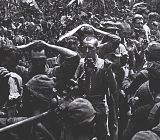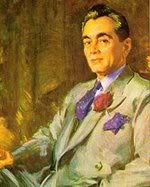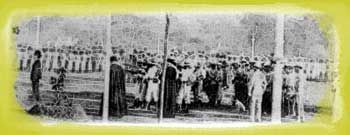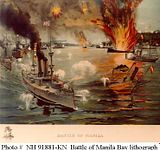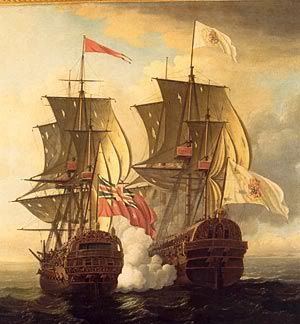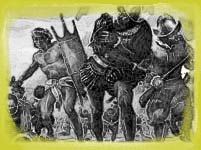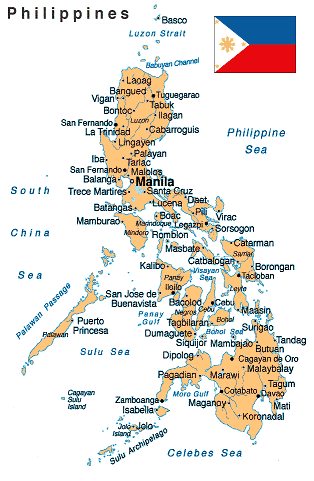
Location: The Philippines is located in the Southeast Asian region bounded by the South China Sea on the west and the Philippine Sea on the east.
People: Filipinos are of Indo-Malay, Chinese and Spanish ancestry.
Population: As of July 2005, the population reached an estimated 87,857,473.
Language: The official, commercial and legal language is English though the national language is Filipino. Around 111 languages and dialects are spoken around the country.
National Anthem: Lupang Hinirang is the national anthem of the Philippines. At first, it was an instrumental march commissioned by then President Emilio Aguinaldo, to Julian Felipe, for use in the Philippine independence proclamation on June 12, 1998. The original Spanish lyrics was written by Jose Palma.
Flag of the Republic: The Philippine Flag is the national emblem of the country. has the unique distinction of being the only flag in the world signifying peace or war. It stands for freedom, equality, justice and nobility.
The Pledge of Allegiance to the Philippine Flag: The Pledge of Allegiance to the Philippine Flag, was revised in accordance to the Department of Education's Order 54 to inculate values of patriotism and citizenship in all Filipinos.
How to Get Here: Most international flights enter the Philippines through Manila and Cebu. Manila, through the Philippine Airlines, links to 26 cities in 19 countries. It also serves principal cities and towns all over the country. It sea ports for major international carriers and cruise liners in the two cities. Regular flights from Japan, Singapore and Australia, as well as charter flights from Hong Kong and the United States and other major travel markets enter through Cebu City too.
Entry Regulations: As long as your country of origin is among those with which the Philippines has diplomatic relations and you have valid passports, you can stay in the Philippines for a period of 21 days. You don’t need visas to get in. If you plan to stay for three months, you can secure visas while multiple entry visas (lasting six and 12 months) are also available but cost higher and allows stays for 59 days at most.
Upon Arrival: Guests undergo Customs examination. They are requested to fill in the Baggage and Currency Declaration Form. Items such as reasonable quantity of clothes, jewelry and toiletries, cigarette or tobacco sticks, and bottles of wines or spirits, are allowed to be brought in but with a fixed limit duty-free.The Bureau of Customs also requires visitors who carry more than US$3,000 to declare the amount at the Central Bank of the Philippines. Upon departure, foreign currency taken must not exceed the amount brought in. They also cannot take out more than PhP1000 in local currency.
Climate: Philippine seasons can be divided into three. These are the wet or rainy season which falls on the months of June to October, the cool or dry season extending from November to February and the hot or dry season from March to May. Generally, the climate is tropical with abundant rainfall and gentle winds.
What to Wear: If you just want to go around the city, light casual clothes such as lightweight cotton and linen tropical clothing are recommended. If you plan to visit mountain regions, you should wear warmer garments. In attending formal occasions, a dinner jacket and tie, or the Philippine barong Tagalog can be worn.
Currency: The currency code is PHP. It stands for Philippine peso. Bank notes come in P10, P20, P50, P100, P200, P500 and P1000 denominations, while coins come in 5c, 10c, 25c, P1, P5 and P10. You can check out the Bangko Sentral ng Pilipinas web site (http://www.bsp.gov.ph/Statistics/stats_SEFI.htm) to see the current, previous-day, week-ago and month-ago movements of the currency.
Religion: The Philippines is predominantly Catholic. Islam and Protestantism are also practiced. There are also Filipino independent churches such as Aglipay and Iglesia ni Cristo founded by some locals.
